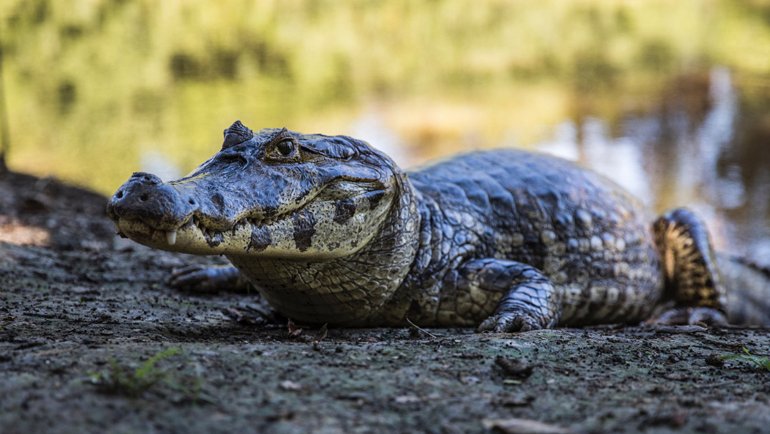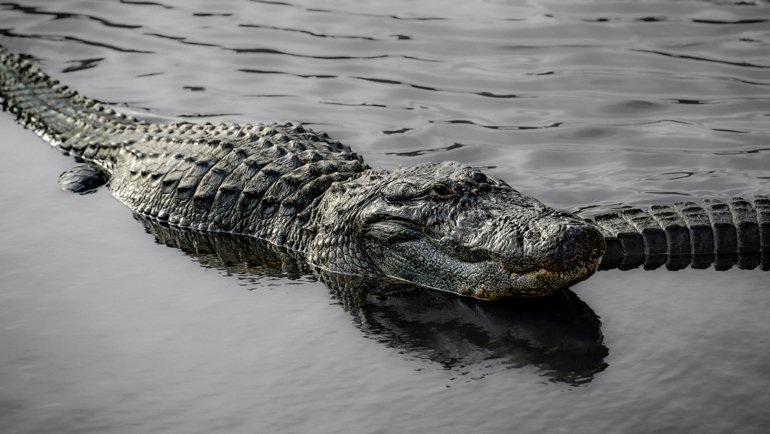The Frilled Lizard, also known as the Frill-Necked Lizard, is one of nature’s most fascinating reptiles. Famous for its dramatic defensive display, where it unfolds a large frill around its neck, this lizard captures the imagination of nature enthusiasts and researchers alike.
Found primarily in the northern regions of Australia and parts of Papua New Guinea, the Frilled Lizard is a master of camouflage, blending seamlessly into its environment until it’s time to make a quick getaway or put on an intimidating show. This article will serve as a comprehensive fact sheet on the Frilled Lizard, covering everything from its classification and physical characteristics to its behavior and conservation status.
Whether you’re a budding herpetologist or simply curious about this intriguing creature, you’ll find a treasure trove of information here. Delve into the fascinating world of the Frilled Lizard as we explore its unique adaptations, habitat preferences, and the challenges it faces in the wild. Our aim is to provide an engaging and informative resource that will enhance your understanding and appreciation of this remarkable reptile.
The Frilled Lizard At a Glance
Classification
| Kingdom | Animalia (Animals) |
| Phylum | Chordata |
| Class | Reptilia (Reptiles) |
| Order | Squamata |
| Family | Agamidae |
| Genus | Chlamydosaurus |
| Species | C. kingii |
Essential Information
| Average Size | 2.0-3.3 feet (60-100 cm) |
| Average Weight | 0.9-2.2 lbs (0.4-1 kg) |
| Average Lifespan | 10-15 years |
| Geographical Range | Northern Australia and Southern New Guinea |
| Conservation Status | Least Concern (IUCN Red List) |
Species and Subspecies
The Frilled Lizard is represented by a single species, Chlamydosaurus kingii. Unlike some other reptiles that have a multitude of subspecies, the Frilled Lizard is unique and does not have recognized subspecies. However, variations can be observed based on their geographical range, particularly in terms of size and coloration.
These variations are often influenced by their specific habitats and the evolutionary adaptations they’ve developed to thrive in their respective environments. While they share many common features, slight differences in frill coloration and body size can sometimes be noted between populations from different areas.
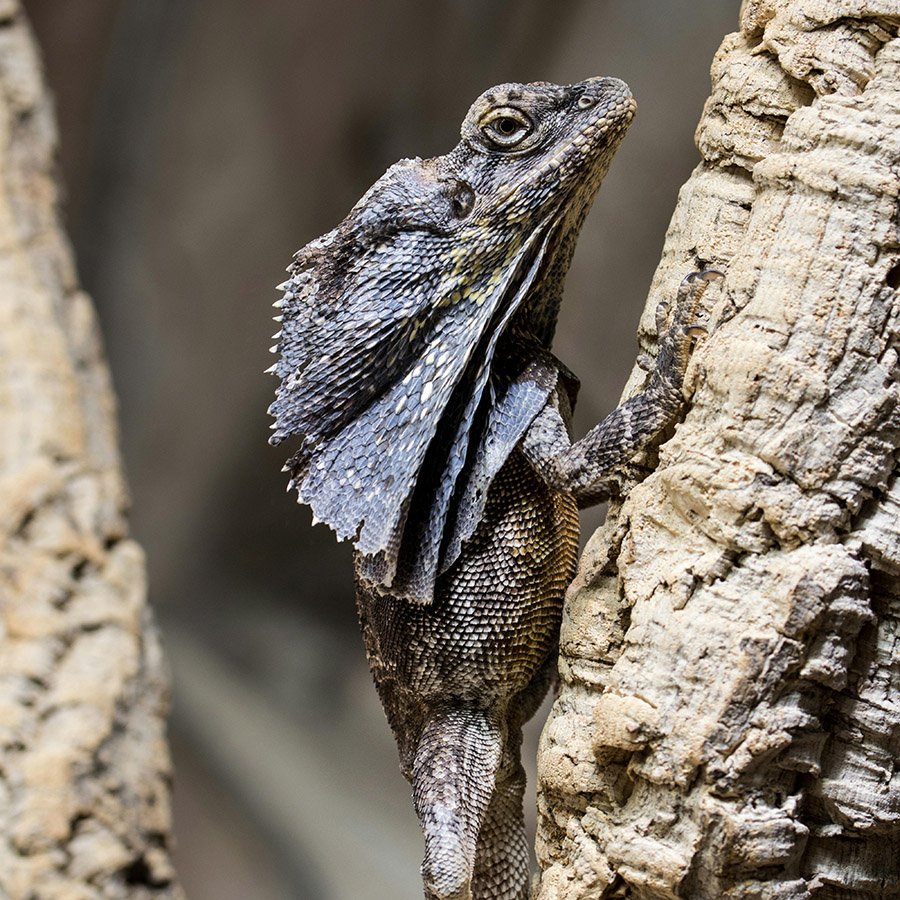
Description
The Frilled Lizard is a medium-sized arboreal reptile, known for its spectacular neck frill, which it extends when threatened. This frill, made of cartilage and skin, can reach up to 12 inches (30 cm) in diameter and is often brightly colored with orange, red, or yellow hues. The rest of its body is generally mottled brown or gray, which provides excellent camouflage in its woodland habitat.
Anatomically, Frilled Lizards possess long, slender bodies with strong limbs and sharp claws for climbing. Their tails, which can make up two-thirds of their total length, are used for balance and swift movement through trees. The head is relatively large with acute eyesight, critical for detecting predators and prey.
Sexual dimorphism is present, though not pronounced. Males tend to be slightly larger and more robust than females, with a more prominent frill. Both sexes, however, share the same basic coloration and body structure.
Habitat and Distribution
Frilled Lizards inhabit the tropical and warm temperate forests and savannas of Northern Australia and Southern New Guinea. They prefer environments where they can easily blend in, such as forested areas with plenty of trees and underbrush, which provide both food and protection.
These lizards are arboreal, spending a significant amount of time in trees but descending to the ground to hunt or when threatened. Their habitat is crucial for their survival, offering not only shelter but also a rich variety of food sources.
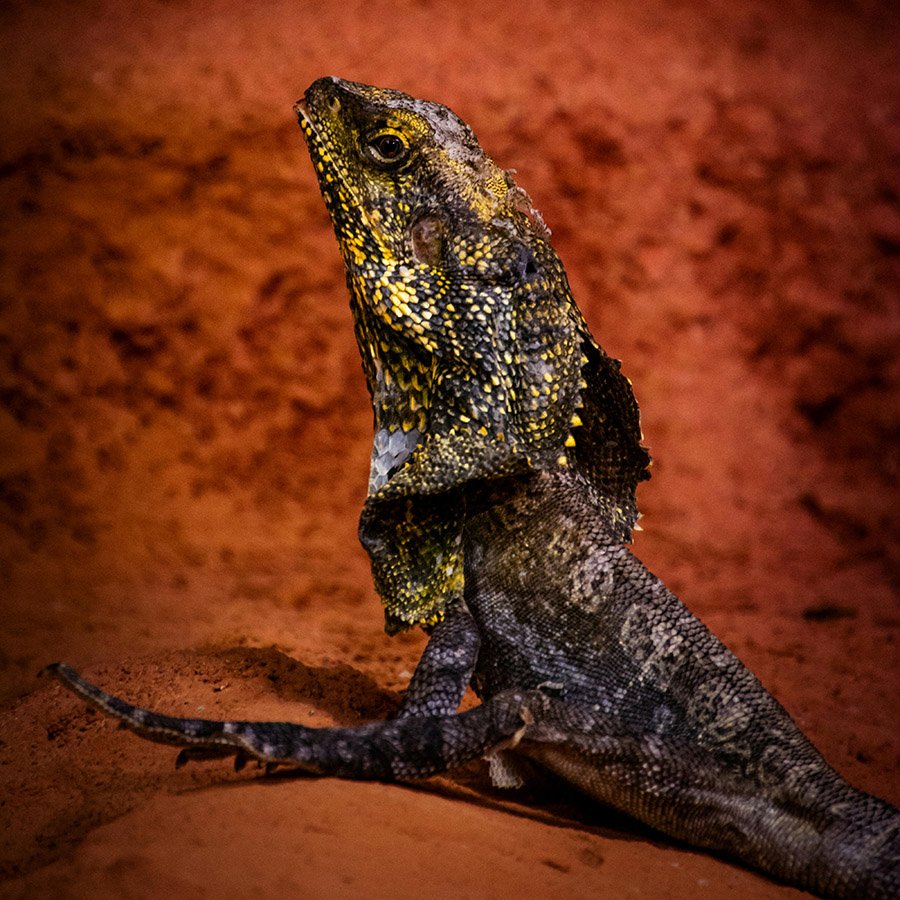
Behavior
Primarily diurnal, the Frilled Lizard is most active during the day when it basks in the sun to regulate its body temperature. Although solitary by nature, these reptiles are not territorial and may share trees with other lizards without conflict.
When communicating, Frilled Lizards rely on body language rather than vocalizations. The extension of their frill is their most famous behavior, used primarily as a defense mechanism to deter predators, alongside hissing and mouth gaping. This display makes the lizard appear larger and more formidable than it actually is.
Interestingly, when faced with a threat, the Frilled Lizard may also choose to flee. It can run on its hind legs, reaching impressive speeds to escape danger, a behavior that adds to its fascinating repertoire of survival strategies.
Diet and Hunting/Feeding Behavior
The Frilled Lizard is an insectivore, feeding primarily on insects and small invertebrates. Its diet includes ants, spiders, and cicadas, although it will occasionally consume small mammals and other reptiles if the opportunity arises.
Hunting is usually done from a vantage point in a tree. The lizard will remain motionless, waiting for prey to come within striking distance, then lunges with remarkable speed and precision. Its keen eyesight is a vital tool in locating and capturing prey.
Feeding behavior is opportunistic, with the lizard taking advantage of whatever food sources are available in its environment. This adaptability is key to its survival, allowing it to thrive in various habitats.
Predators
Young Frilled Lizards are particularly vulnerable to predation, primarily from birds of prey, larger reptiles, and small mammals. Eggs and juveniles are often targeted, making early life a challenging time for these reptiles.
Adult Frilled Lizards have fewer natural predators, thanks to their larger size and defensive capabilities. However, they still face threats from large snakes and birds. Their frill display and rapid escape response are essential strategies for avoiding these dangers.
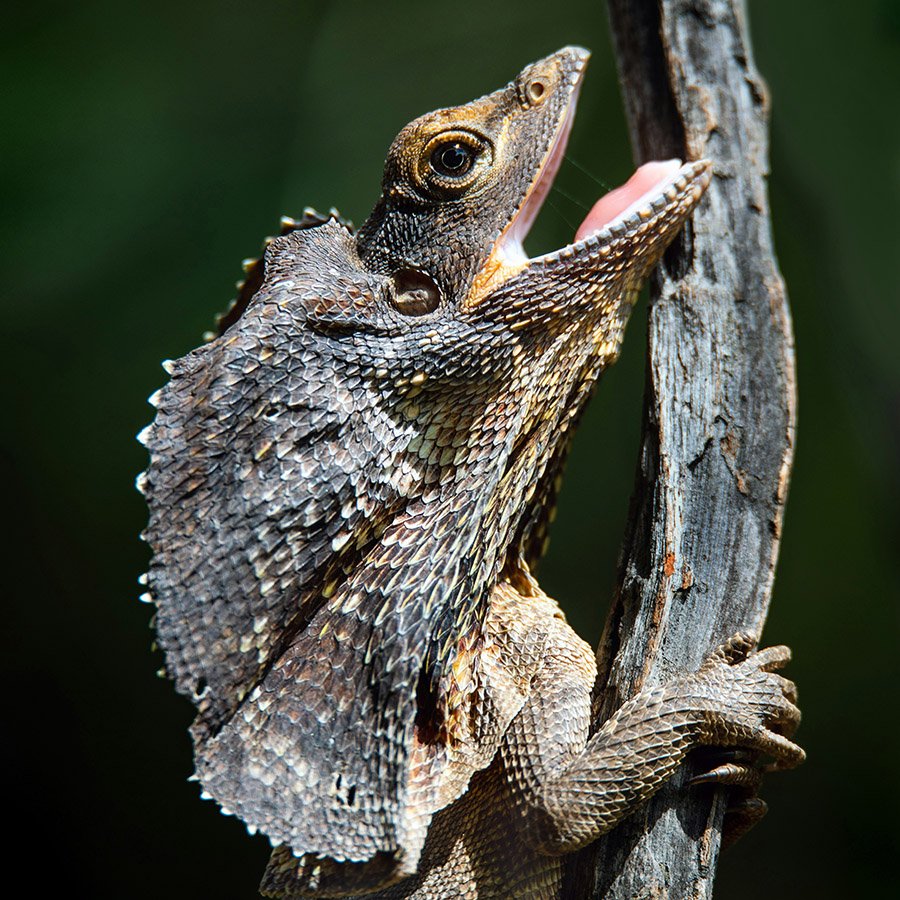
Reproduction and Life Cycle
Breeding occurs during the wet season when conditions are optimal for raising young. After mating, females lay clutches of 8-23 eggs in nests dug into the ground, which she then covers with soil and leaves.
The incubation period lasts about 70-90 days, depending on environmental conditions. Hatchlings are independent from birth, receiving no parental care after they emerge from their eggs. This independence necessitates a survival-of-the-fittest approach, where only the most adept individuals reach maturity.
Frilled Lizards reach reproductive maturity at around 18-24 months of age, with successful reproduction influenced by environmental conditions and resource availability.
Conservation
Currently classified as “Least Concern” by the IUCN, the Frilled Lizard faces relatively few threats compared to other species. However, habitat destruction due to agriculture and urban expansion poses a potential risk, particularly in localized areas.
Efforts to conserve the Frilled Lizard focus on habitat preservation and monitoring population trends to ensure stable numbers. In Australia, national parks and protected areas serve as safe havens for these reptiles, safeguarding their natural environment.
Awareness campaigns and educational programs help inform local communities about the importance of preserving habitats not just for the Frilled Lizard but for biodiversity as a whole.
Fun Facts
- Despite their fearsome appearance when displaying their frill, Frilled Lizards are generally shy and prefer flight over fight when threatened.
- During their frill display, these lizards often stand on their hind legs and can sprint at surprising speeds, sometimes earning them the nickname “bicycle lizard.”
- The frill is not just for defense; it may also play a role in thermoregulation, helping to cool the lizard by increasing its surface area.
- Frilled Lizards have been part of popular culture, appearing in movies and TV shows, often depicted as mini-dinosaurs due to their prehistoric appearance.
- The species name, kingii, honors British explorer Phillip Parker King, who first documented the lizard during an expedition in Australia.
Frequently Asked Questions
How does the Frilled Lizard use its frill?
The frill is primarily used for intimidation, making the lizard appear larger to deter predators. It may also assist with thermoregulation, although this is secondary.
Is the Frilled Lizard venomous?
No, the Frilled Lizard is not venomous. It relies on its frill display and speed to avoid predators rather than venom.
What time of year do Frilled Lizards breed?
Frilled Lizards typically breed during the wet season when conditions are optimal for egg laying and hatchling survival.
Where can I find Frilled Lizards in the wild?
Frilled Lizards are found in northern Australia and southern New Guinea, primarily in tropical and warm temperate forests.
How long do Frilled Lizards live?
In the wild, Frilled Lizards have a lifespan of 10-15 years, depending on environmental conditions and predation pressures.

